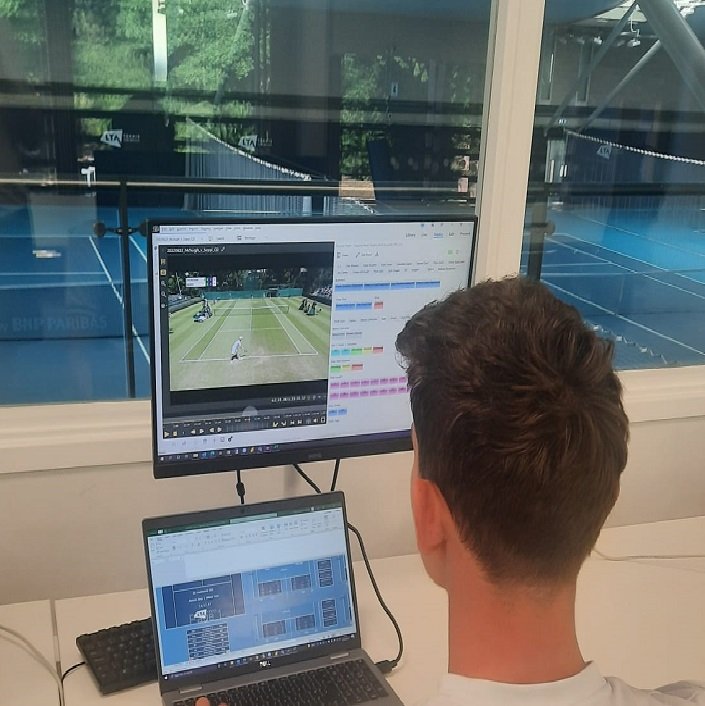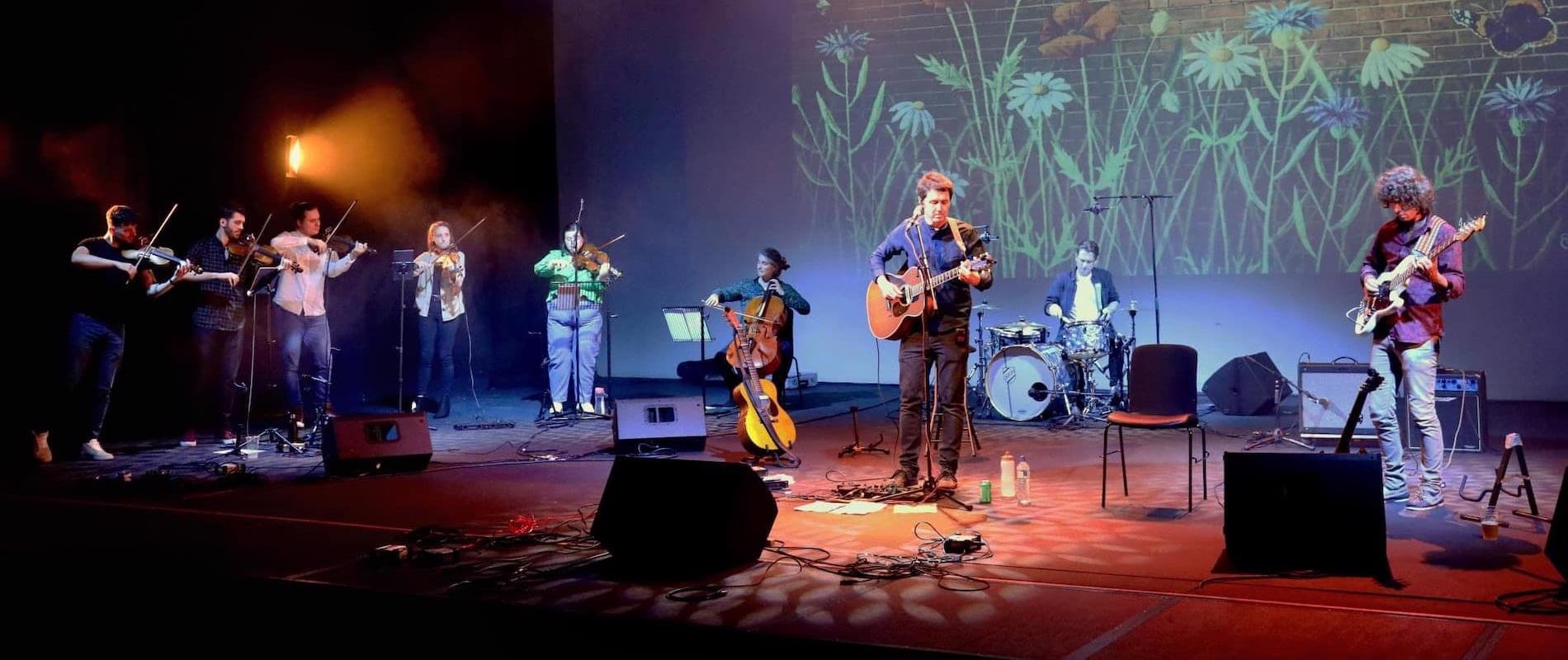Nottingham Trent University’s Bonington Gallery announces solo exhibition by Polish artist Karol Radziszewski exploring Central & Eastern European and local queer histories and culture
Bonington Gallery is very pleased to present QAI/GB-NGM by Warsaw (Poland) based artist Karol Radziszewski. Alongside artwork, this exhibition presents archival materials from the Queer Archives Institute (QAI), founded by Radziszewski in 2015 that focuses on Central and Eastern European queer history and culture.
Karol Radziszewski Bonington Gallery Exhibition
Consistent with previous QAI presentations, this exhibition connects to its locality by featuring materials related to Nottingham’s own queer history and culture. This site specificity is reflected in the title of the exhibition that utilises Nottingham’s ‘International Organization for Standardization’ (ISO) location code ‘GB–NGM’.
Radziszewski’s practice is multi-faceted with several parallel and interconnected strands including painting, publishing, research, activism, performance and film. The conflation of conceptual thinking with information-led frameworks; his own biography against the history of his country of birth (with its own AID’s pandemic and state surveillance of homosexuals – ‘Operation Hyacinth’ 1985-87) is at the heart of Radziszewski’s practice. Documentation and records of the past are presented and reappropriated, creating renewed perspectives that remind us of the subjectivity of archives and the importance of both artistic and academic interpretation of our many pasts.
A large portion of the exhibition is devoted to suite of display-cases and screens that present materials and video interviews from the QAI, that directly relate to Central and Eastern European queer history and culture – including books about Radziszewski and his own contributions to print culture, for instance DIK Fagazine. A central figure to this presentation, and someone who is echoed throughout the exhibition is Ryszard Kisiel, the founder of the first East/Central European gay zine, entitled Filo.
As part of Radziszewski’s interest in integrating this exhibition into the locality of Nottingham, one display-case is dedicated to publications that document some of Nottingham and the wider regions queer history, from the early 1980s to mid-1990s. By no means exhaustive or representative of a whole (especially as these early magazines mainly focussed on the gay & lesbian community) they do provide a window into some of the issues affecting the non-heteronormative community at that time, and how people chose to celebrate, organise and support one-another.
A direct connection between Warsaw and Nottingham comes in the form of Bob Mellors, a Nottingham man who after spending time with the Gay Liberation Front (GLF) in New York, returned to the UK with Aubrey Walter to start a GLF wing in London. Mellors was sadly murdered in his flat in Warsaw in 1996 and his body was brought back the UK and is buried in Nottinghamshire. There is a photograph and text presented on the wall relate to ongoing research into Bob Mellors being carried out by Szymon Adamczak, a friend of Radziszewski’s.
Beyond the display-cases and 14 photographs documenting cruising spots in Bucharest, Ryszard Kisiel’s influence is further extended to the two largest works of the exhibition. One is the mural “In 2000 everyone will be homo… do you want to be the last one?” – written in Polish and hand painted in large red letters directly onto the wall. This is a quote taken from one of the pages inside an issue of Filo, seen inside the corresponding vitrine.
At the opposite end of the gallery is AIDS (Wallpaper), 2012, an ongoing and adaptable artwork that is a reappropriation of another graphic found inside an issue of Filo, also on view in the vitrine. Here Radziszewski has turned the horizontal graphic into a square motif, mimicking the AIDS Project by New York collective General Idea in 1987.
Hung on top of this wallpaper are enlarged adverts taken from the local magazines on show in the exhibition. These show the services that were available to those with, affected by and concerned by HIV and AIDS. These services and messaging were the inverse of the types of misleading communication and support generated via the government and more established channels.
Finally, extending down the longest wall in the gallery is Radziszewski’s ongoing work The Gallery of Portraits. Originally painted on canvas, these are portraits of the most prominent queer representatives from the worlds of art, culture, science, and politics in Central/Eastern Europe. They have now been transformed into posters, with their new ability of being reproduced and distributed to heighten awareness of these important individuals.
Source







